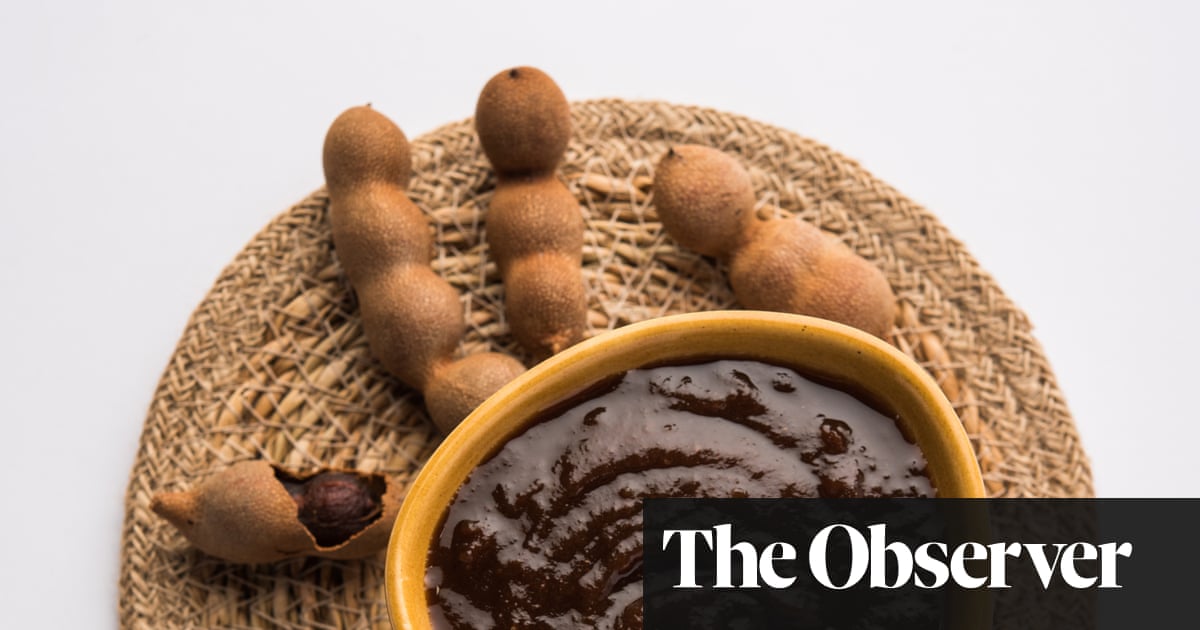
Tamarind pods grow on trees in hot climates all over Asia and Africa. You can also find them in corner shops and online. Crack the outer shell and inside there’s a fibre that holds pulp – tangy, with a slightly sweet undertone – and seeds together. Take the shell off, soak the sticky insides in hot water for about half an hour, then mash it up, take out the seeds and you’ll have a thick brown liquid.
In Mauritius, where I’m from, we add it to soups and stews at the end of cooking. We use it in marinades to tenderise meat. We might cook it down with a bit of sugar and chilli, then drizzle it over fried foods or desserts.
Use it where you might use citrus juice. For a while, it was very popular on sticky ribs – tamarind, salt, sugar and chilli are good friends, and it is a great complement to anything fatty, which is why it is so nice with fried food.
You can buy tamarind pulp in little pots. It often has salt added, so be careful when seasoning. Look for brown pulp – I don’t like the concentrates that are black, they taste murky.
You can eat it straight out the pod, too. There’s a village in Mauritius on the west coast called Tamarin – tamarind in French. The streets are lined with tamarind trees, and in the season people will drive there, park up and pick tamarind. We’d usually take a mixture of salt, chilli and sugar in pots, to dip tamarind in and snack away.
Chaya Maya is a chef at the Ottolenghi Test Kitchen and will be cooking at The Great Street Feast on 22 June in support of Freedom From Torture
Chaya Maya’s secret ingredient: tamarind - The Guardian
Read More

No comments:
Post a Comment